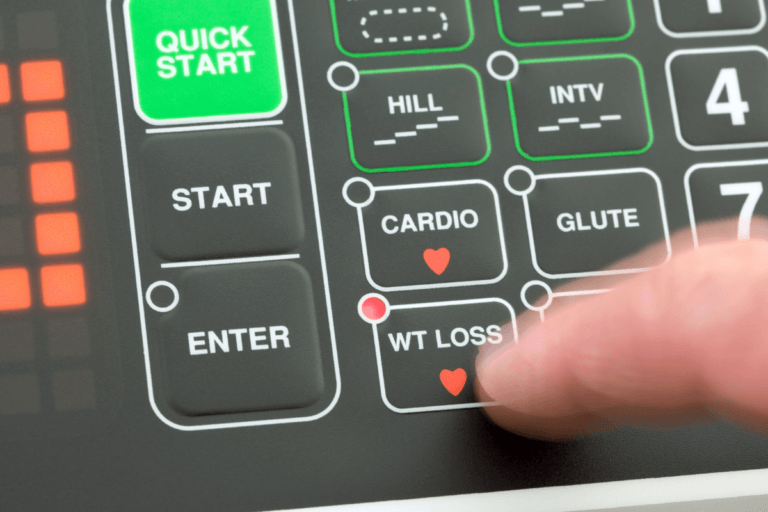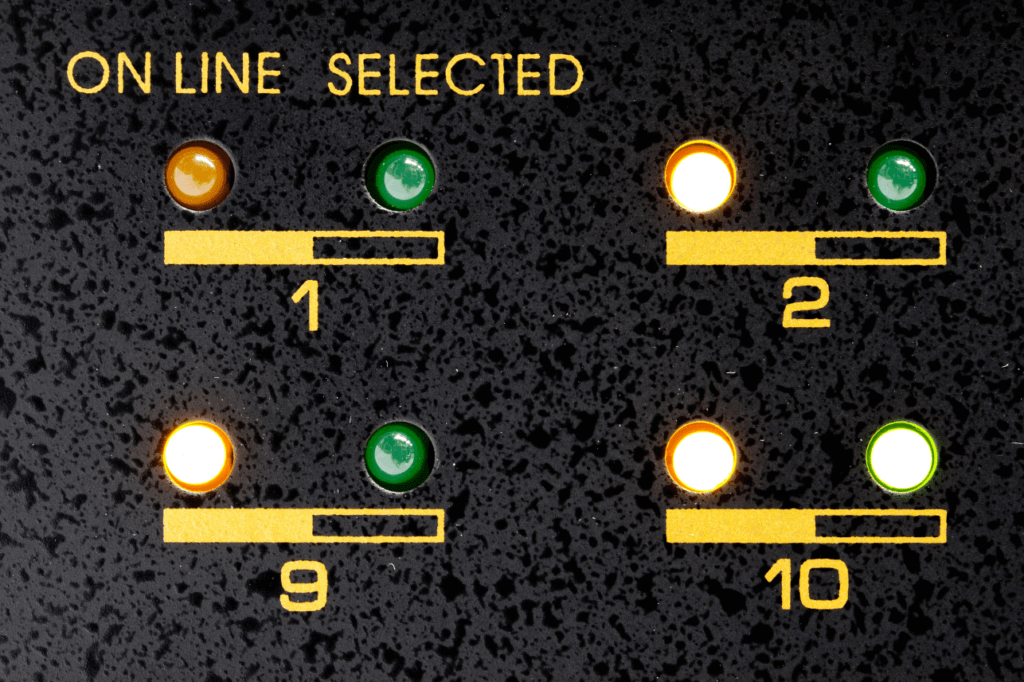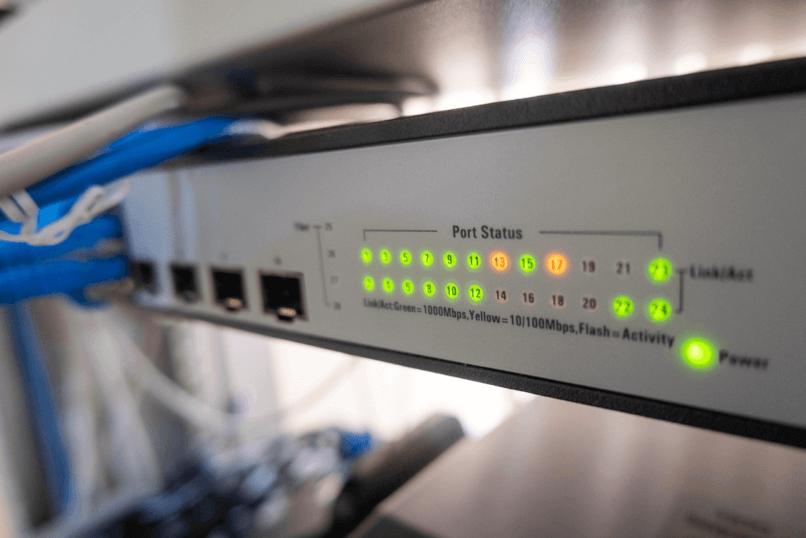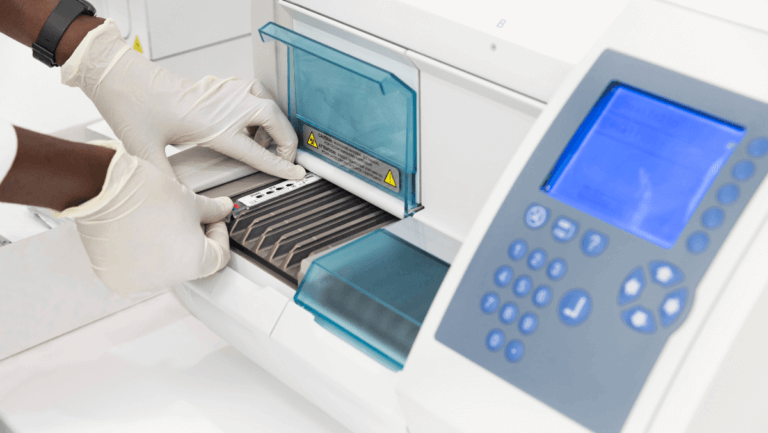Custom Membrane Switch Backlighting Options

Adding backlighting to a membrane switch design provides a number of advantages. It makes it easier for users to interact with the membrane switch. Backlighting can also be used to draw attention to a specific area of the membrane switch or to improve visibility in low-lighting environments.
It has a variety of applications from remote controls to airplane dashboards to consumer applications. Depending on your application needs, there are several backlighting options available, each offering their own set of benefits.
Popular choices include: Light Guide Film (LGF), Light Emitting Diodes (LEDs). Electroluminescent (EL) lighting, or Fiber Optic lighting.
LGF lighting enables uniform lighting across membrane switches
Light Guide Film (LGF) is a thin film that incorporates small dots pressed into the backlit area. Side fire LEDs are placed at strategic cutouts in the film. These LEDs direct the light evenly across the membrane switch.
Advantages of Light Guide Film:


LEDs provide reliable and efficient membrane switch backlighting
Light Emitting Diodes (LEDs) are the most popular choice for backlighting because of their large amount of applications and typically low cost. They are most useful for surfaces that are constantly lit or are energy efficient because of the low power consumption. You can usually find LEDs in indicator lights as well as keys, icons, and symbols on membrane switches. They play a large role in the medical industry, as well as many others.
Advantages of Light Emitting Diodes:
EL lighting offers power-saving option for backlighting
Electroluminescent (EL) lighting converts electrical energy directly into light energy using phosphors. Because the phosphors tend to decay when used for long periods of time, this lighting is best suited for applications where the backlight will not always be on. It also requires the use of a DC/AC power inverter.
Advantages of Electroluminescent lighting:


Fiber Optic lighting creates resilient membrane switch construction
Fiber Optic lighting uses layers of rectangular fiber-optic cloth. Fibers on one end of the cloth are bundled into together in a ferrule and paired with another light source, usually LEDs. This method of lighting evenly distributes the light from the LEDs throughout the entire surface area.
Advantages of Fiber Optic Lighting:
Contact Dyna-Graphics for Custom Membrane Switch Backlighting
If you’re unsure of what backlighting technology is right for your membrane switches, contact Dyna-Graphics to learn more.
